Compound (A), an alkene with molecule formula (C5H10) exists in various strictures. On mononcholorination and dichlorination, it again shows various structures and streoisomers.
Another isomer (II) on monochlorination gives two products. The isomer (II) is:
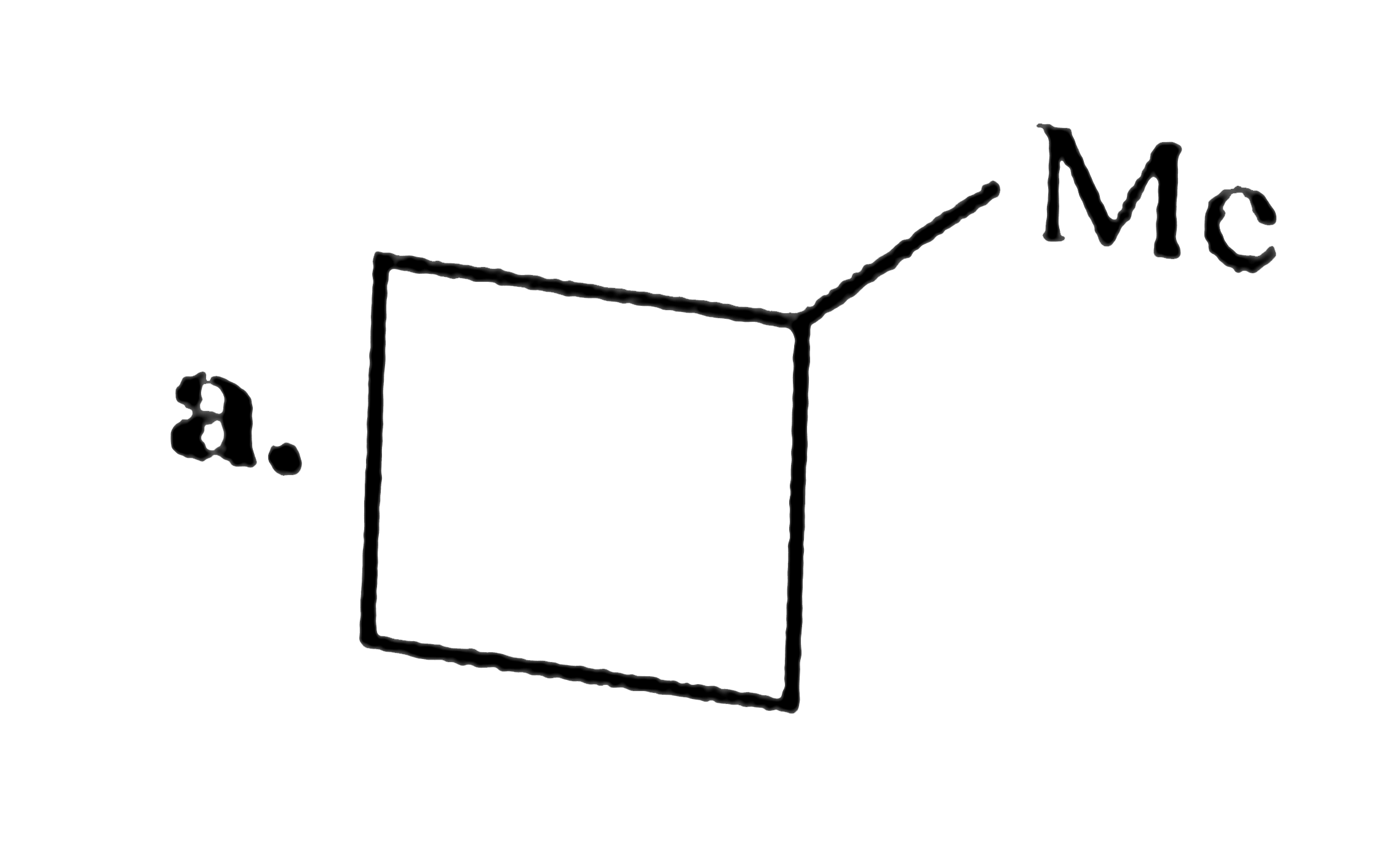
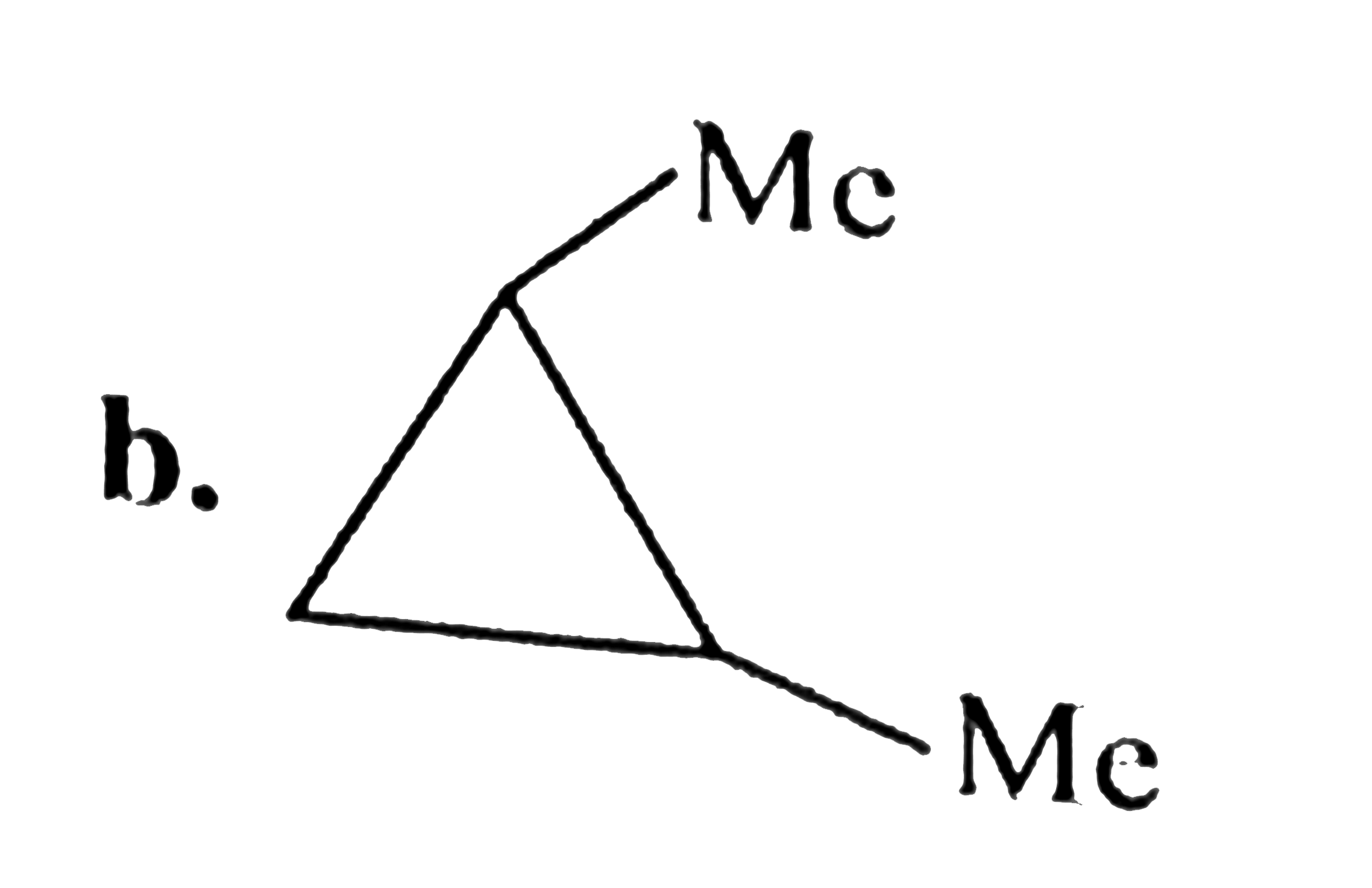
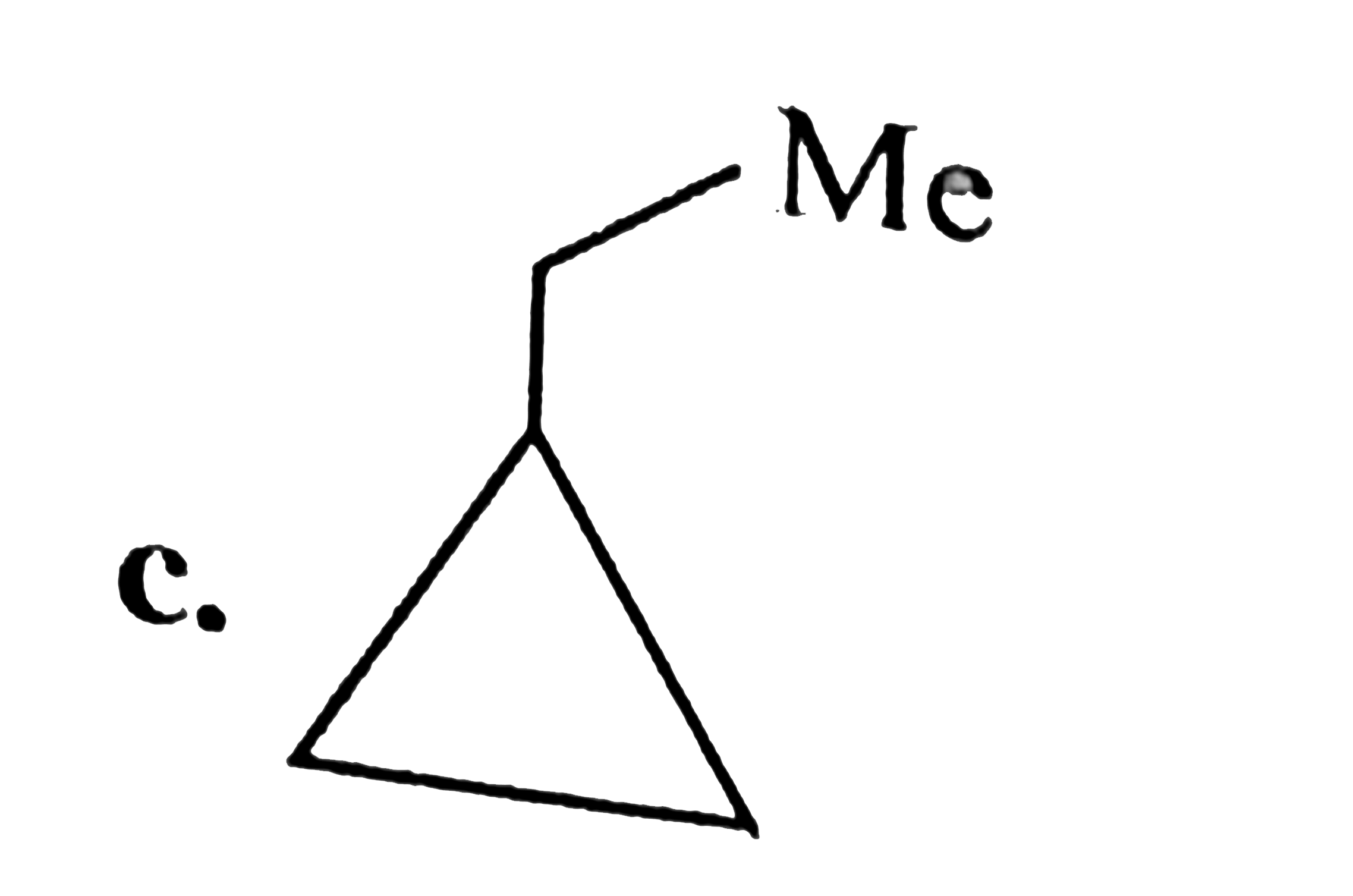
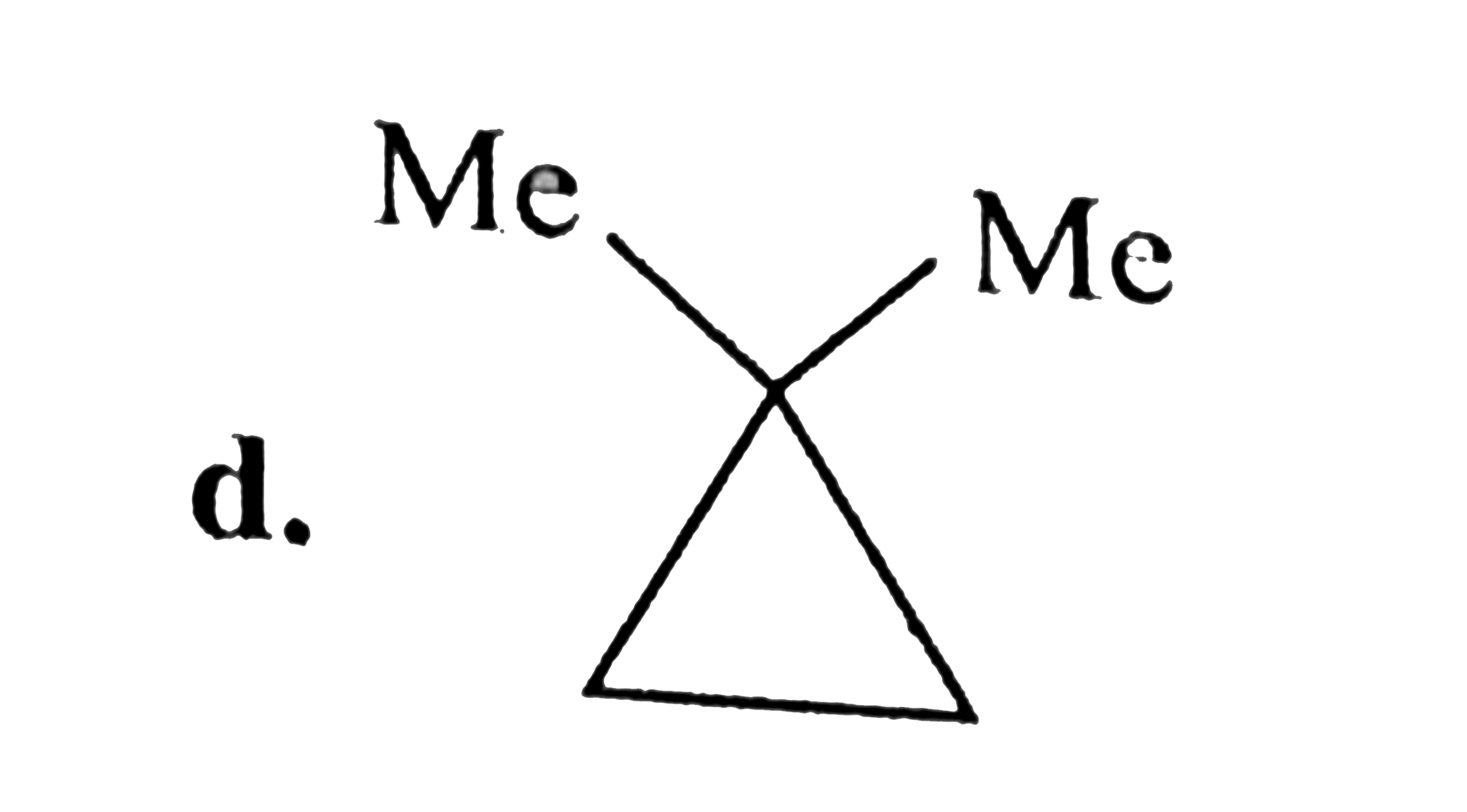
The correct Answer is:d
Since compound (A) has 1D.U and is an alkane, so it should be cyclic. The number of cyclic isomers of (A) is fice.
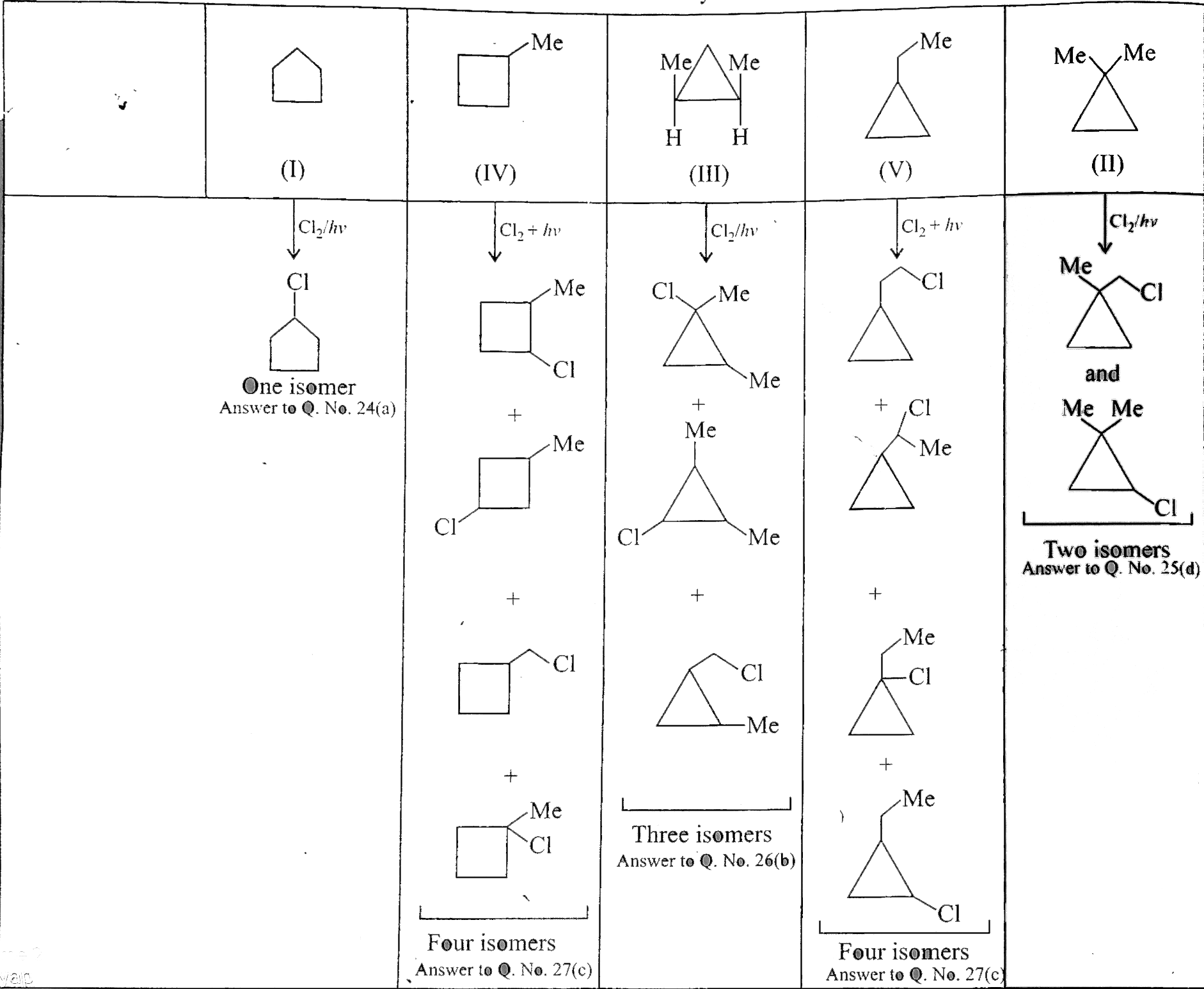
Topper's Solved these Questions
- AROMATIC COMPOUNDS AND ALKYL AND ARYL HALIDES BOOK - CENGAGE CHEMISTRYCHAPTER - AROMATIC COMPOUNDS AND ALKYL AND ARYL HALIDES EXERCISE - Exercises Multiple Correct
35 Videos
- AROMATIC COMPOUNDS AND ALKYL AND ARYL HALIDES BOOK - CENGAGE CHEMISTRYCHAPTER - AROMATIC COMPOUNDS AND ALKYL AND ARYL HALIDES EXERCISE - Exercises Multiple Correct Answers Type
12 Videos
- AROMATIC COMPOUNDS AND ALKYL AND ARYL HALIDES BOOK - CENGAGE CHEMISTRYCHAPTER - AROMATIC COMPOUNDS AND ALKYL AND ARYL HALIDES EXERCISE - Exercises Linked Compreshension Type
11 Videos
- APPENDIX INORGANIC VOLUME 2BOOK - CENGAGE CHEMISTRYCHAPTER - APPENDIX INORGANIC VOLUME 2EXERCISE - Short Answer Type
179 Videos
- BIOMOLECULESBOOK - CENGAGE CHEMISTRYCHAPTER - BIOMOLECULESEXERCISE - Exercises Archives (Analytical And Descriptive)
8 Videos
Similar Questions
Compound (A), an alkene with molecule formula (C5H10) exists in various strictures. On mononcholorination and dichlorination, it again shows various structures and streoisomers.
Which isomer of (A) shows styereoisomerism ?
View SolutionHow many ketones with molecular formula C5H10O is possible (structural isomers only ).
View Solution
Knowledge Check
Compound (A), an alkene with molecule formula (C5H10) exists in various strictures. On mononcholorination and dichlorination, it again shows various structures and streoisomers.
One of the cyclic isomers of (A) on monochlorination gives one product. The isomer (I) is:A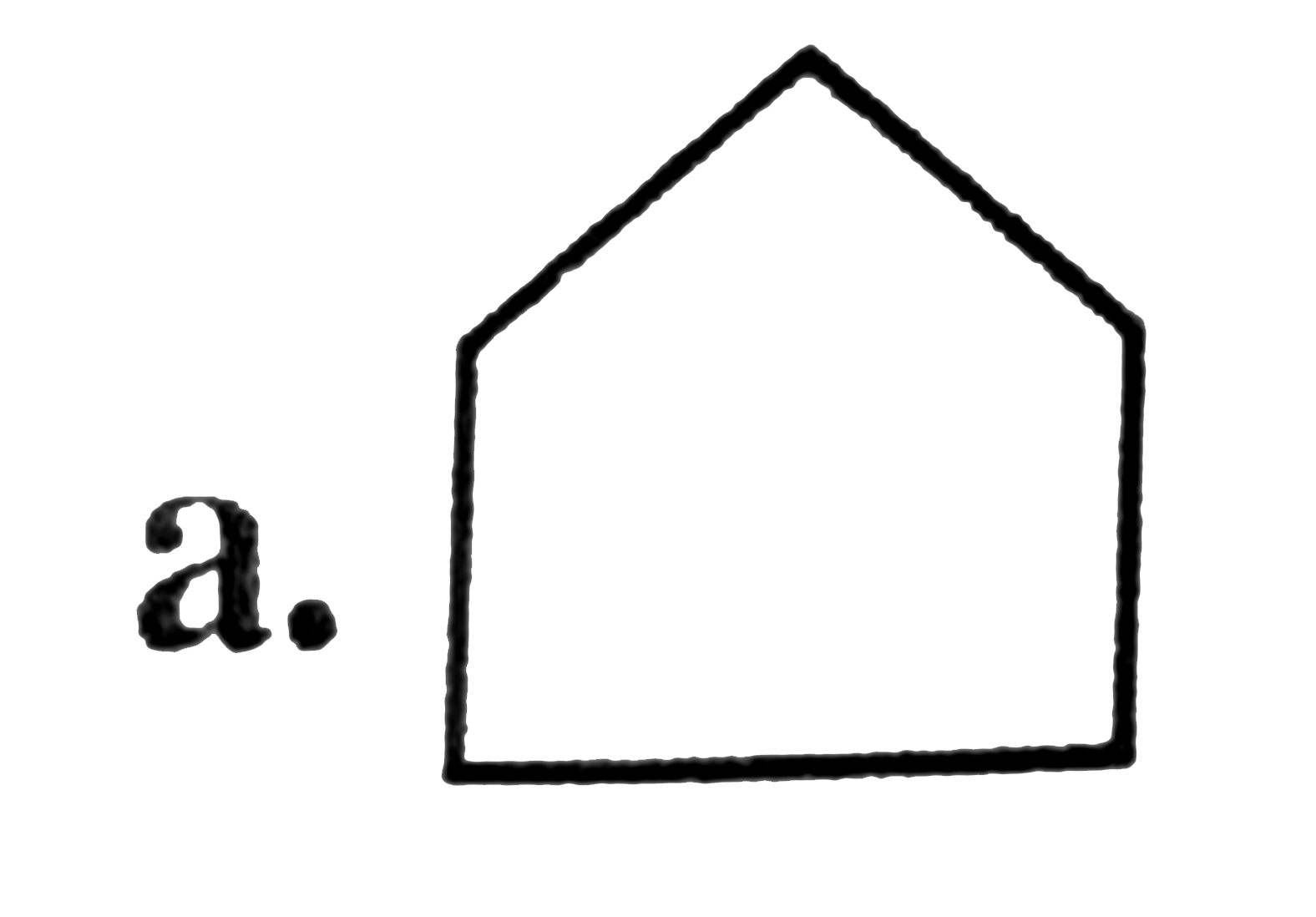 B
B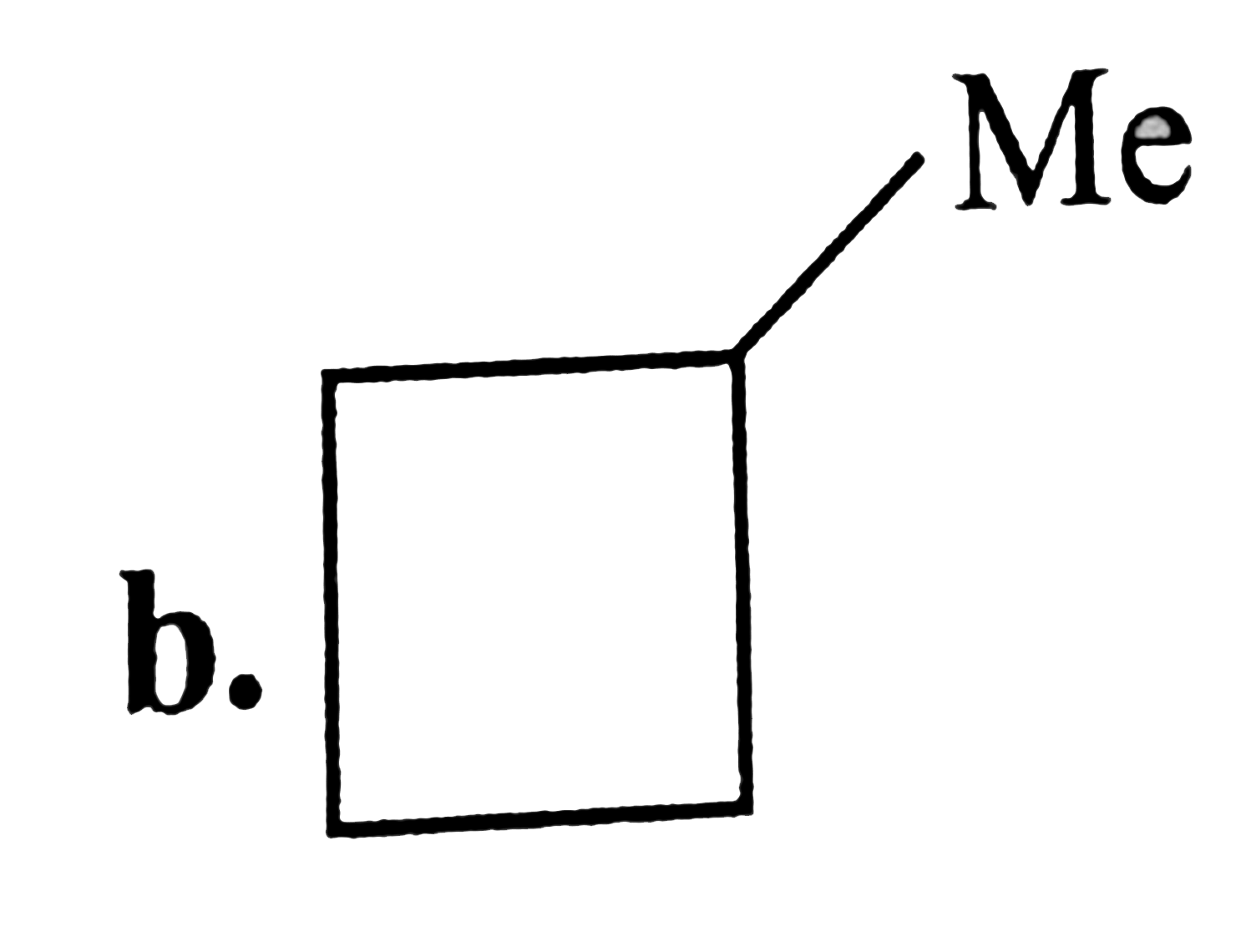 C
C D
D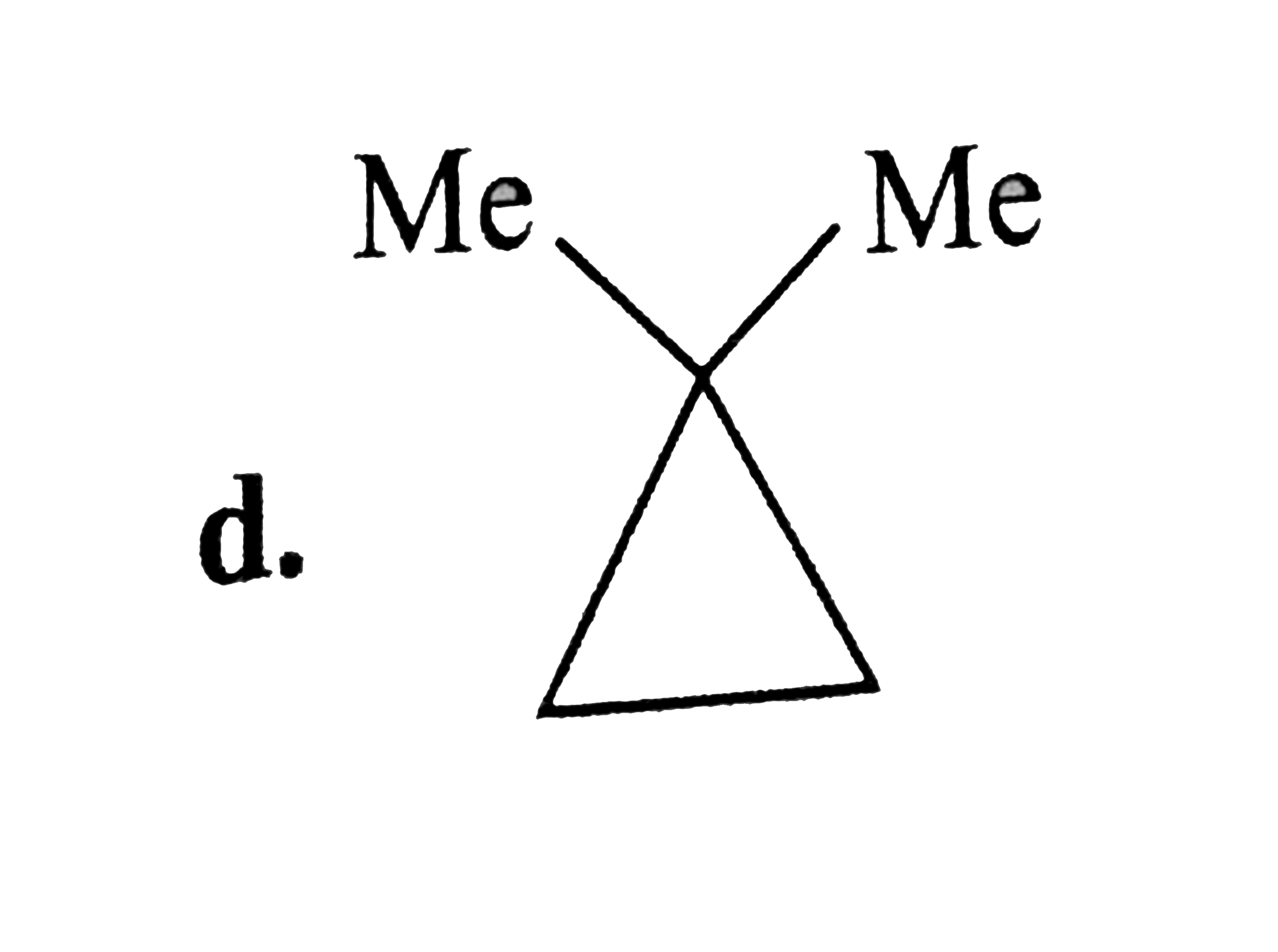
Compound (A), an alkene with molecule formula (C5H10) exists in various strictures. On mononcholorination and dichlorination, it again shows various structures and streoisomers.
Isomer (III) on monochlorination gives three products. The isomer (III) is:A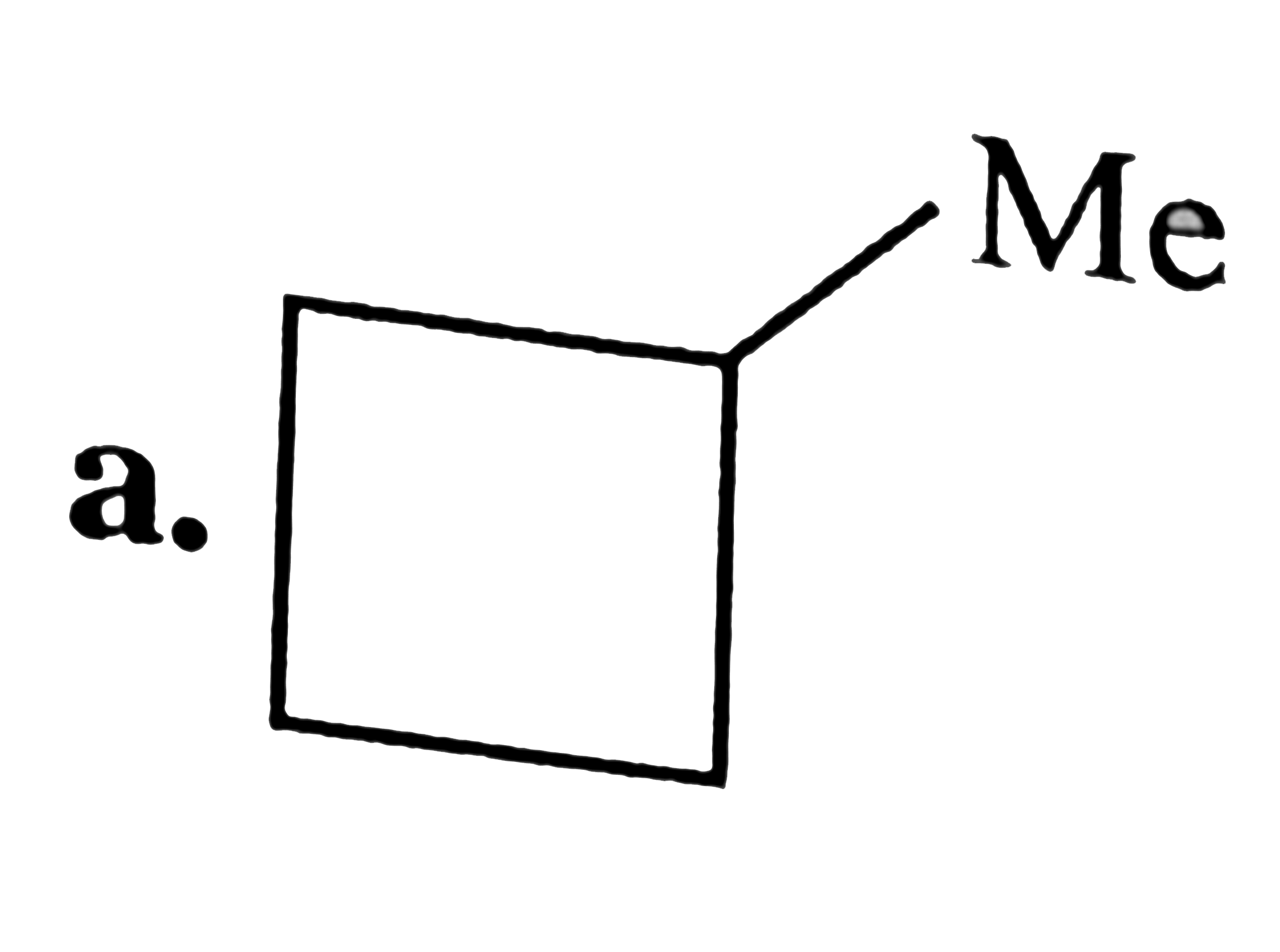 B
B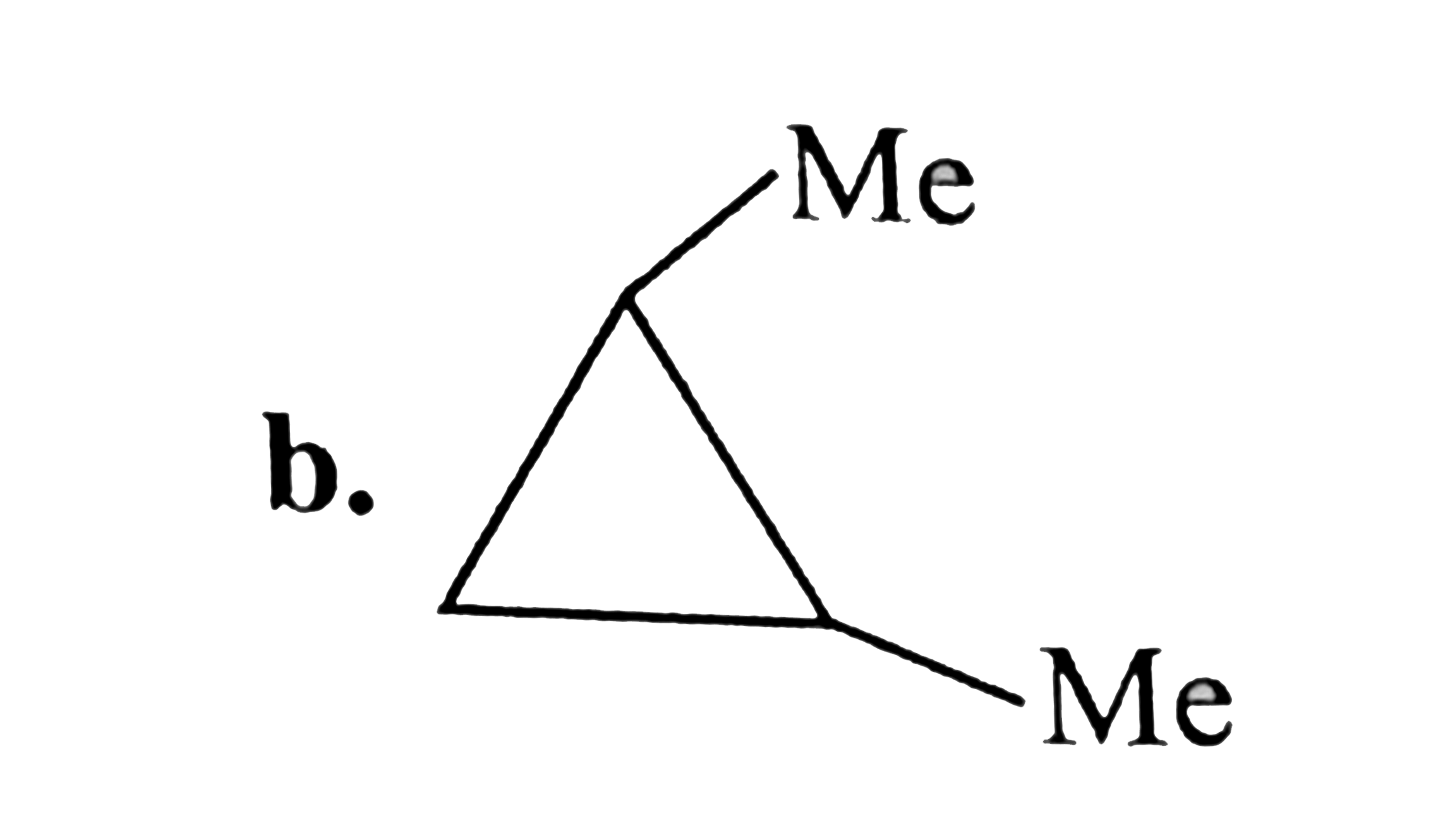 C
C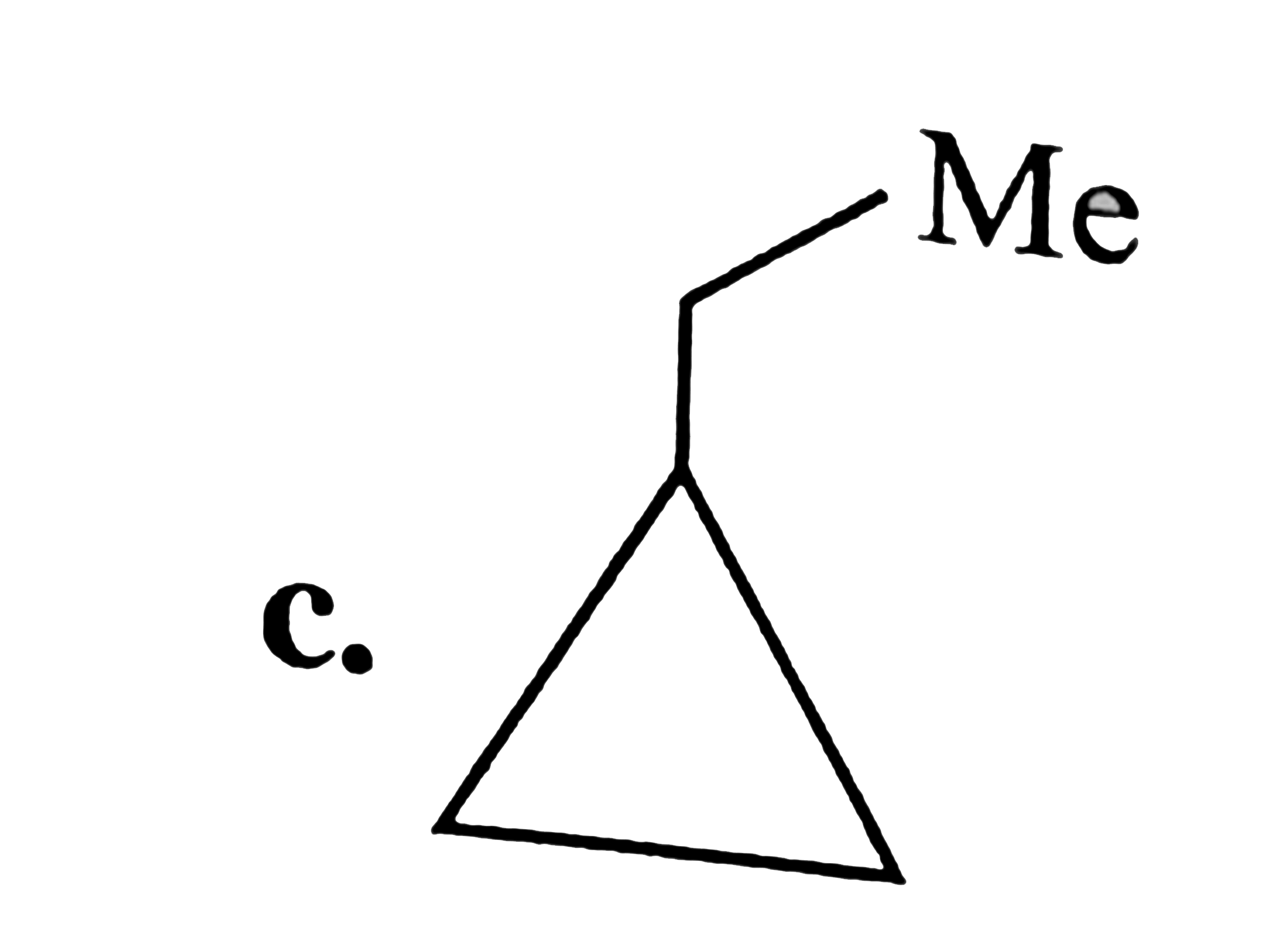 D
D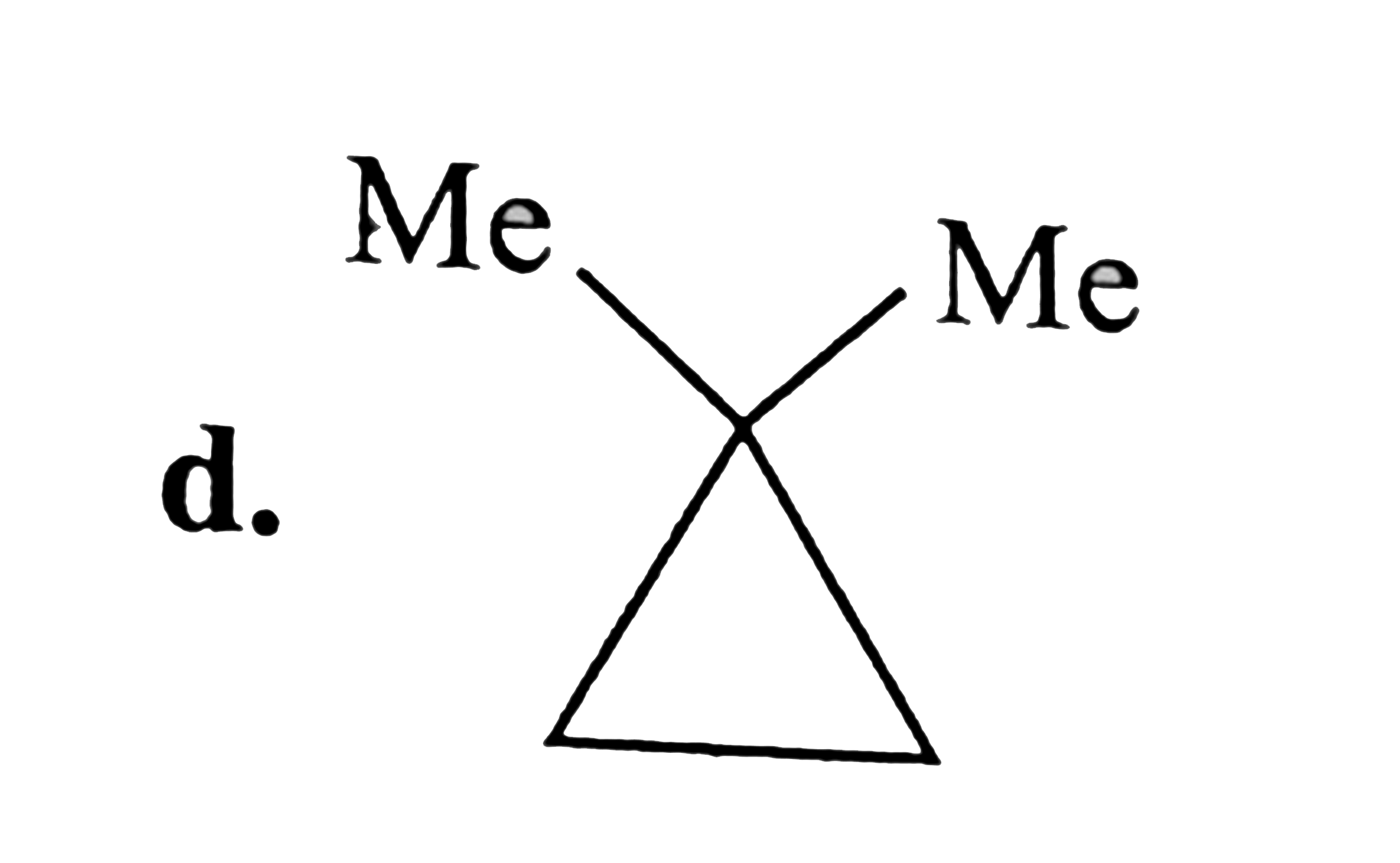
Compound (A), an alkene with molecule formula (C5H10) exists in various strictures. On mononcholorination and dichlorination, it again shows various structures and streoisomers.
Two isomers (IV) and (V) on monochlorination give four products. The isomers (IV) and (V) are:A B
B C
C D
D
A compound (A) with molecular formula C5H10 gives one monochlorination product. Compound (A) is:
View SolutionA hydrocarbon of melecular formula C5H10 on monochlorination gives one product and on dichlorination gives three products (excluding stereoisomers) . Identify the hydrocarbon .
View SolutionCompound (A), an alkene with molecule formula (C5H10) exists in various strictures. On mononcholorination and dichlorination, it again shows various structures and streoisomers.
Which isomer of (A) shows styereoisomerism ?
View SolutionCompound (A), an alkene with molecule formula (C5H10) exists in various strictures. On mononcholorination and dichlorination, it again shows various structures and streoisomers.
The total number of stereoisomerism shown by isomer in Q.No 26 is:
View SolutionA compound (A) with molecular formula C5H10 gives one monochlorination product. Compound (A) is:
View Solution
